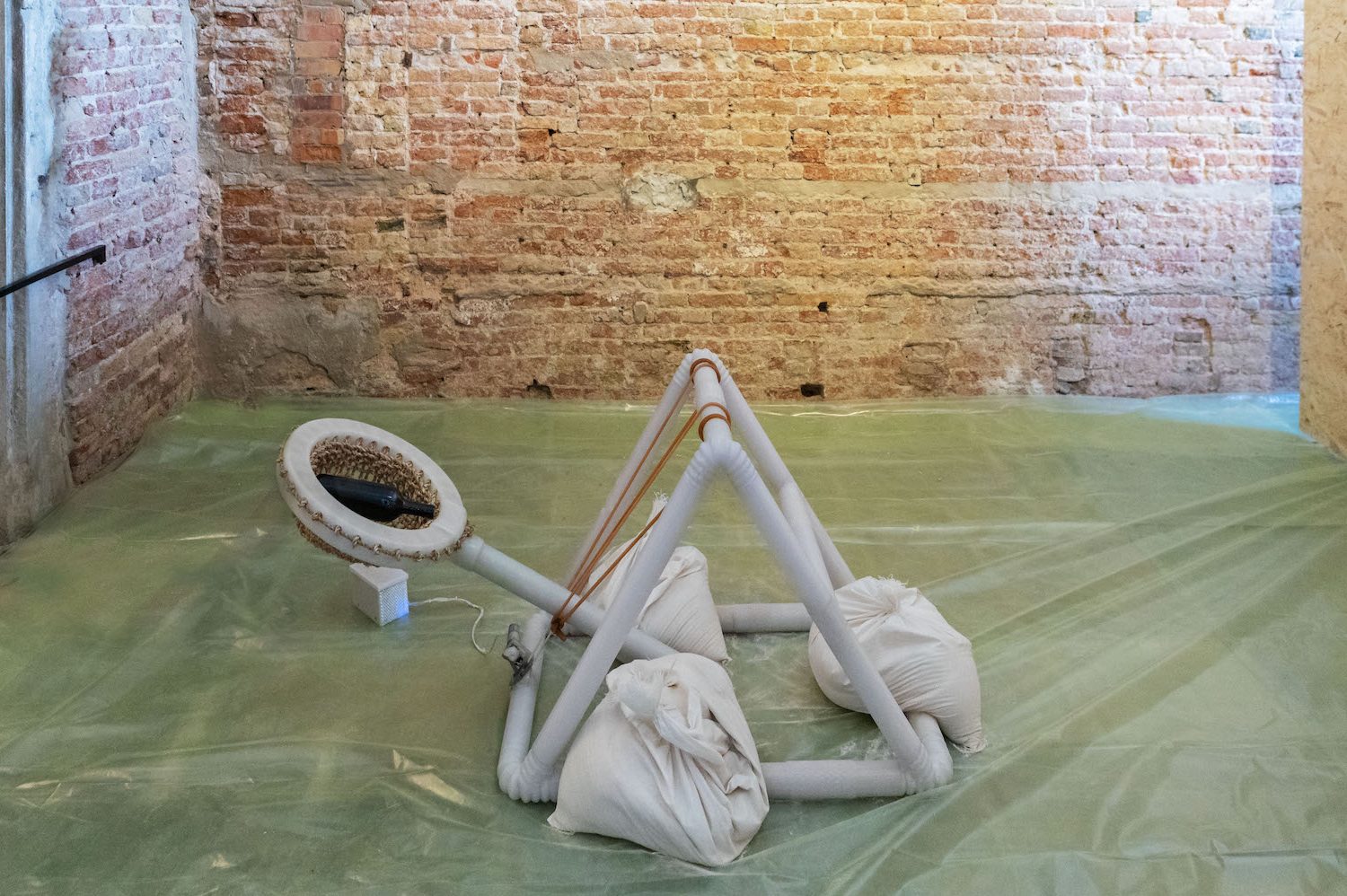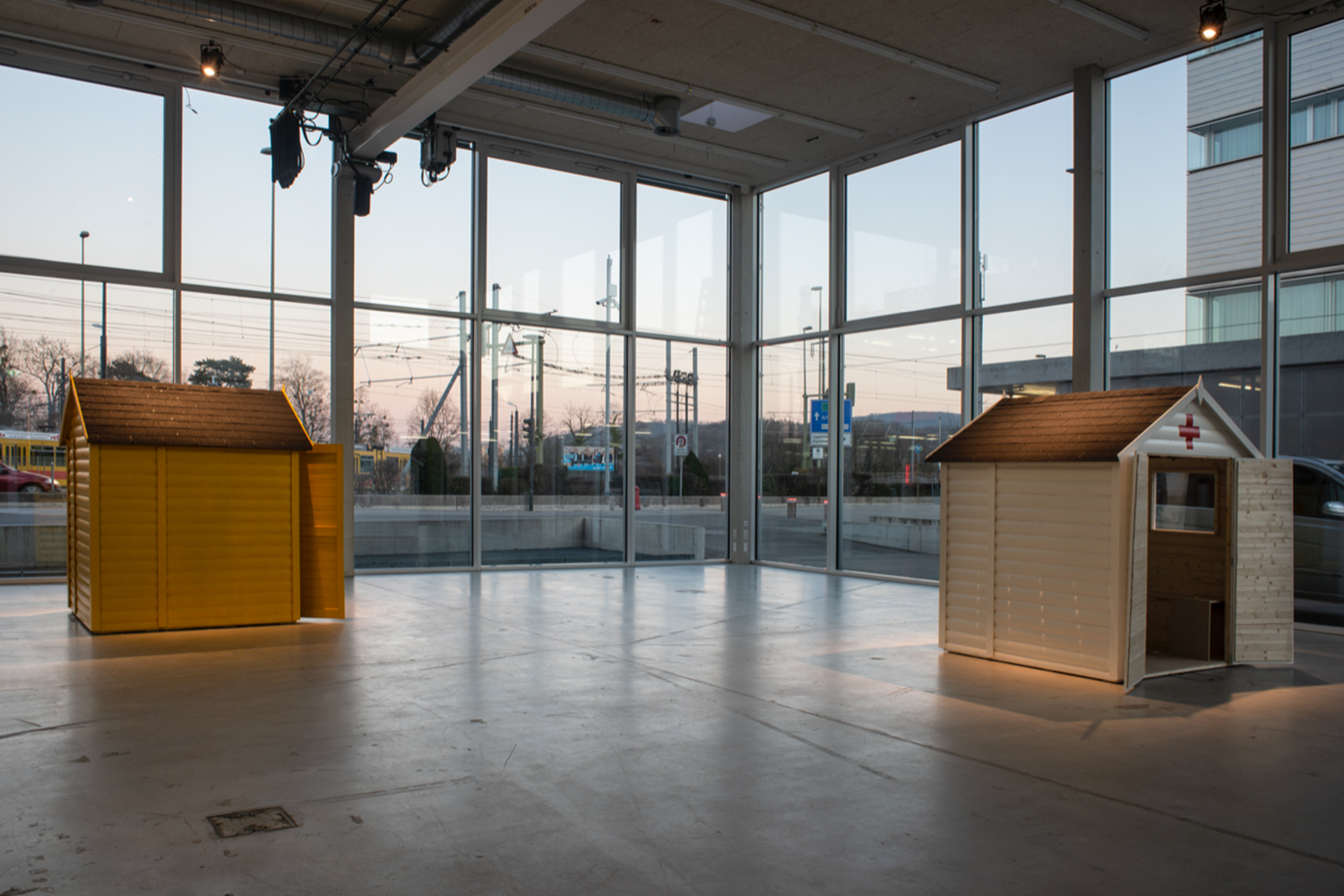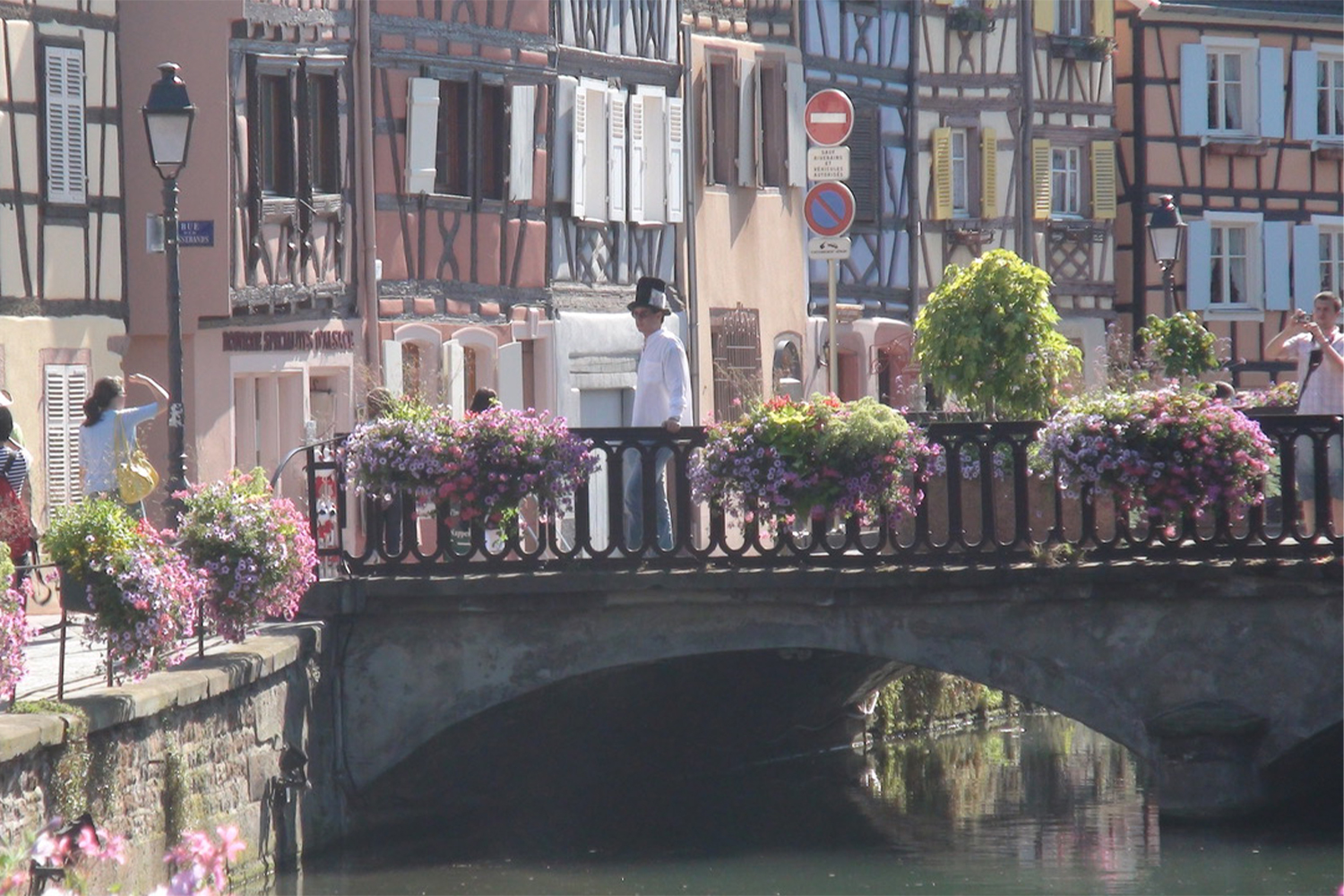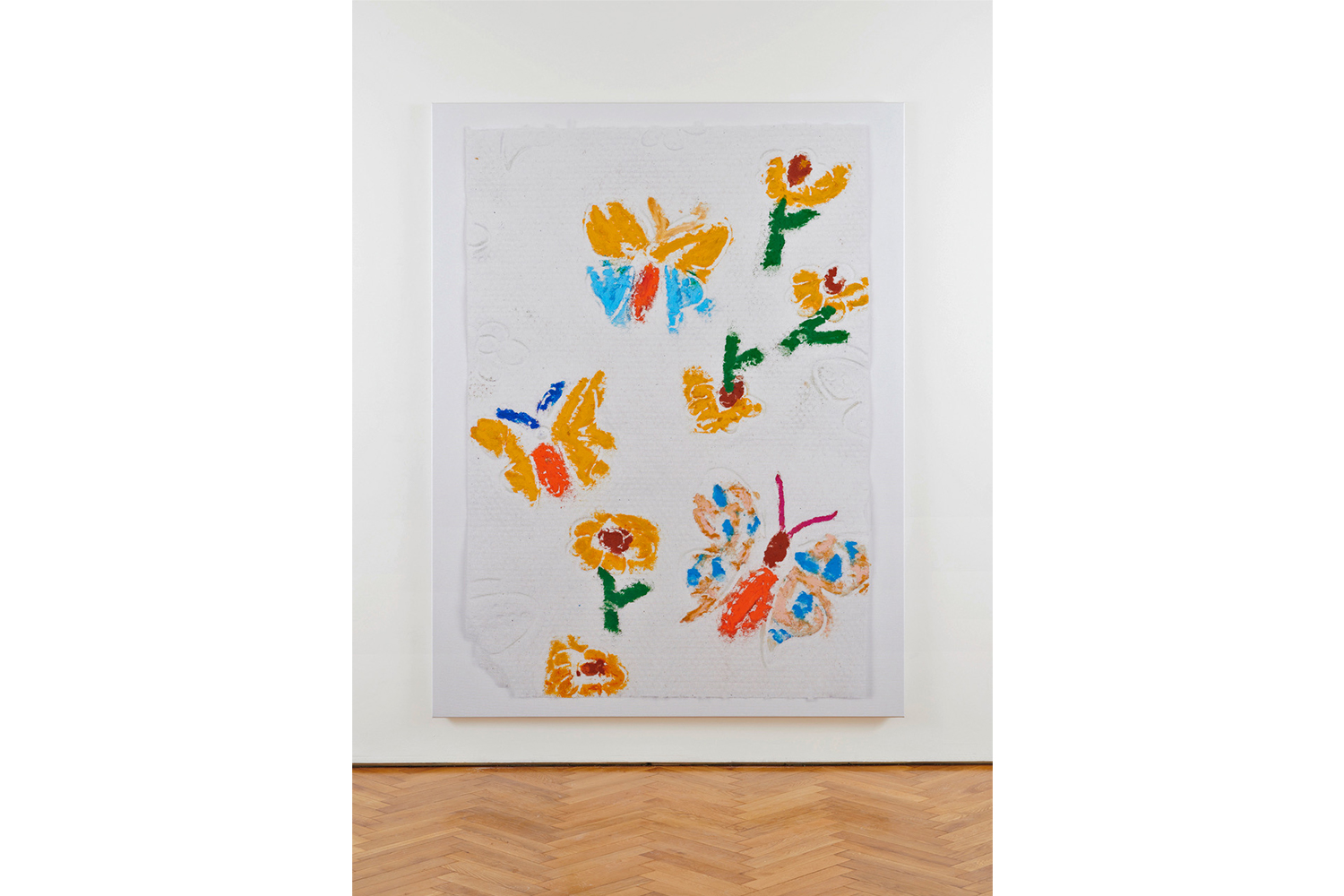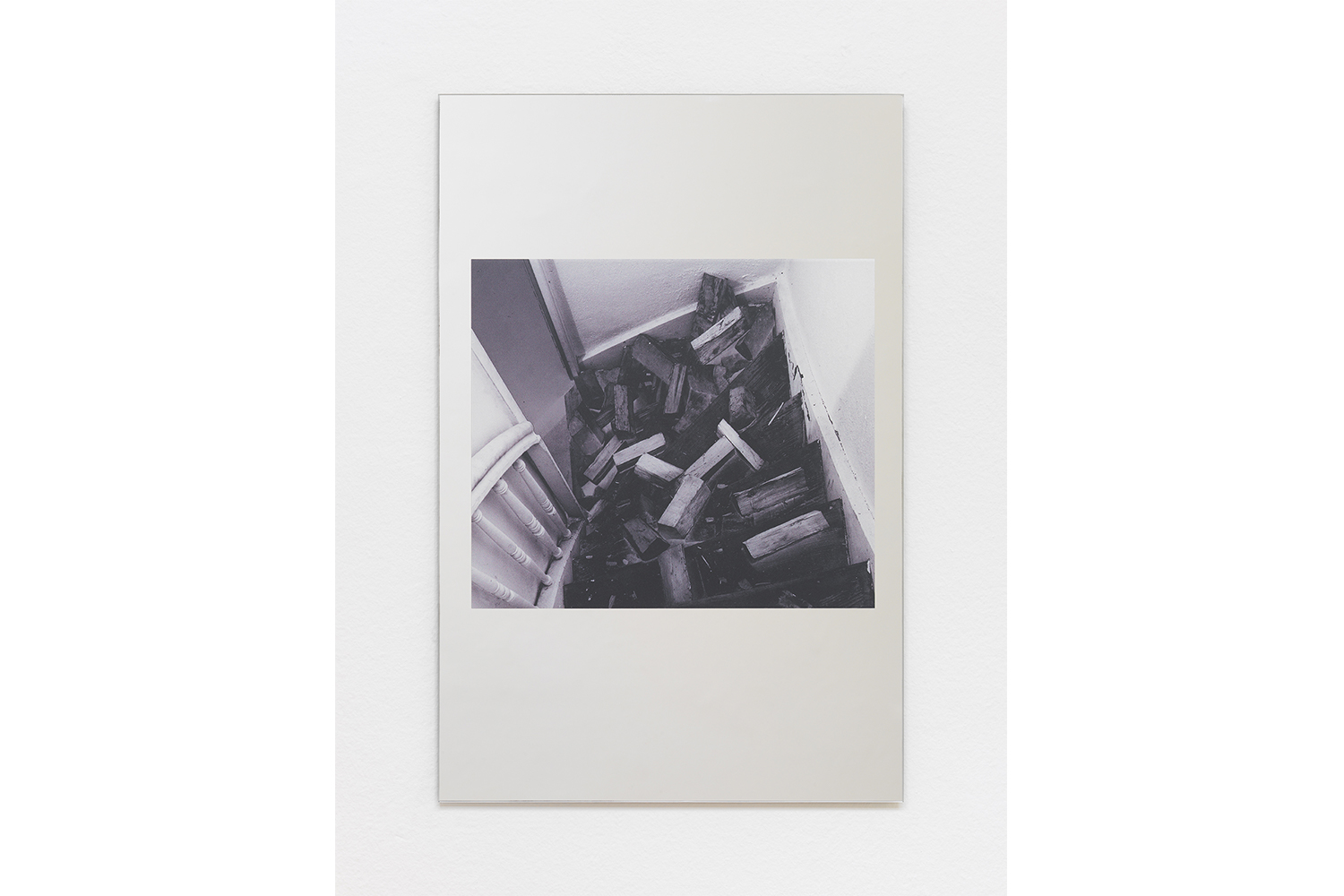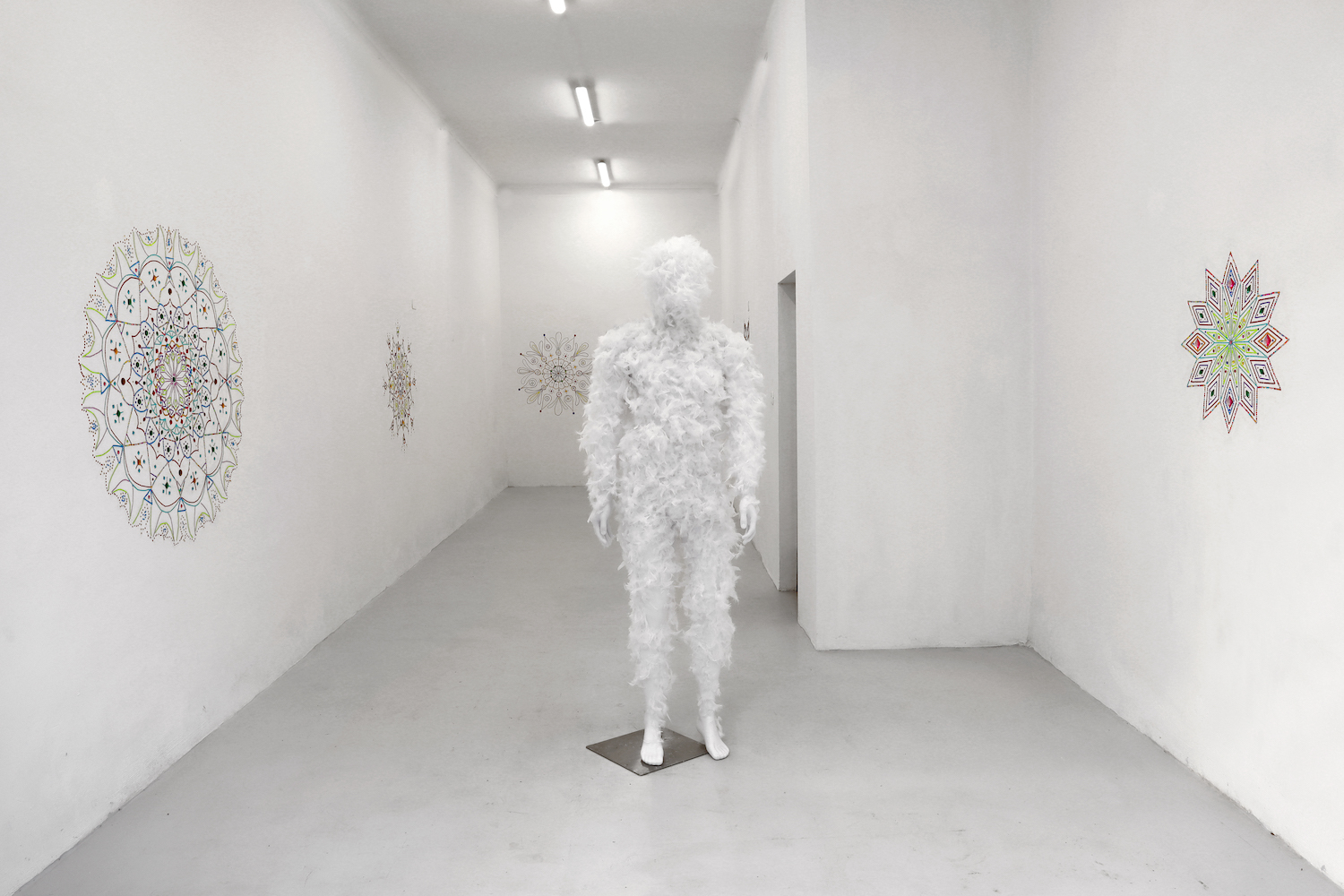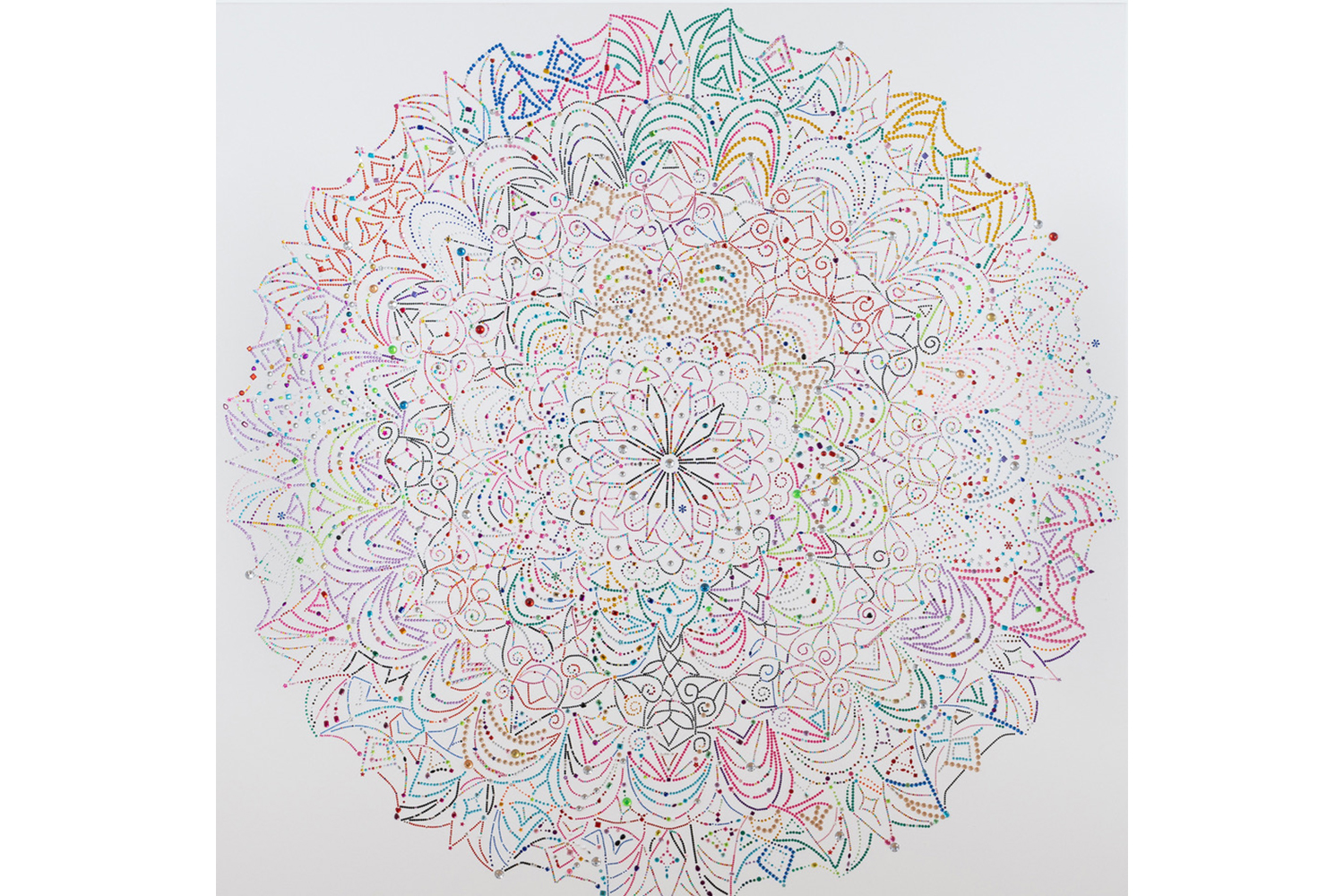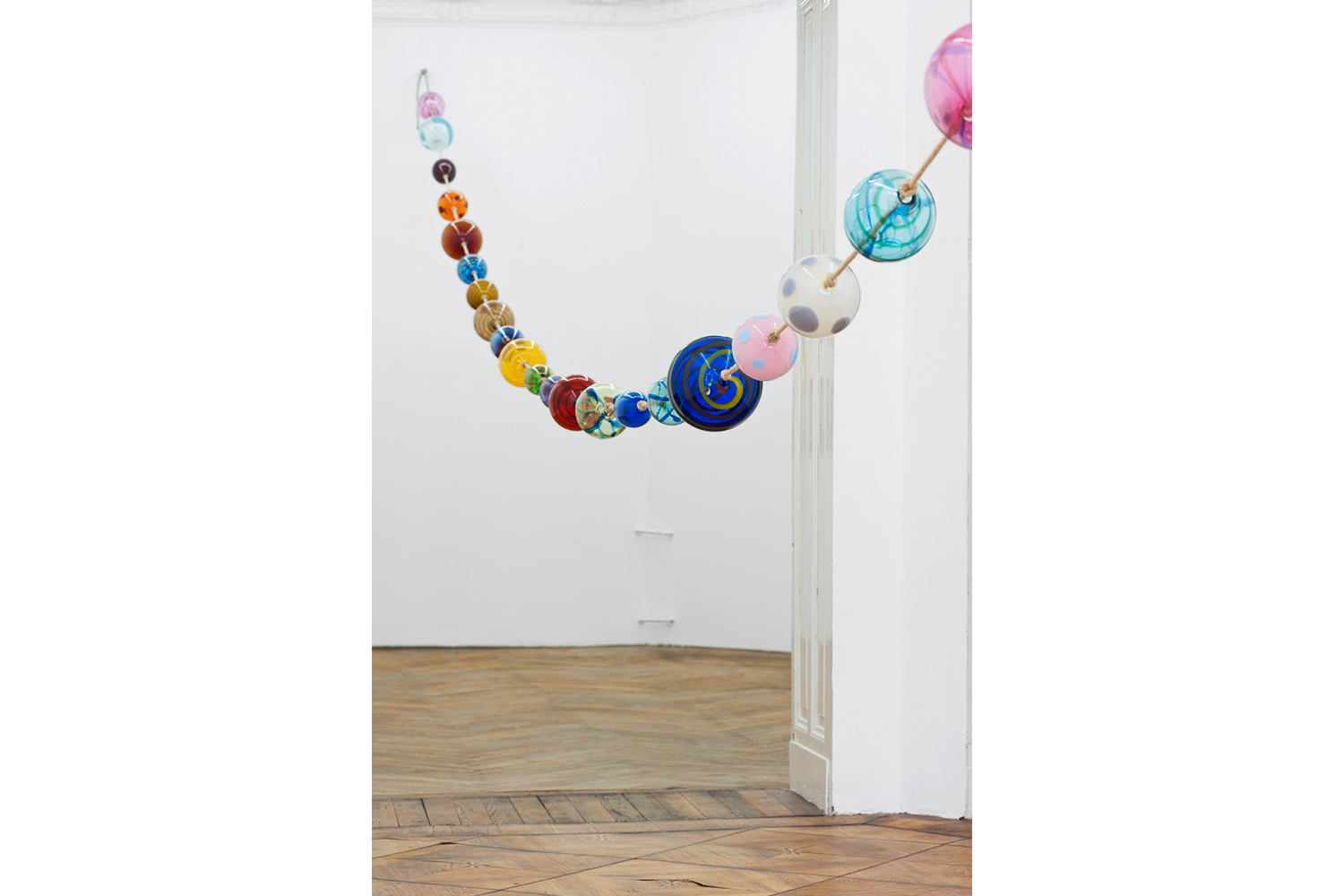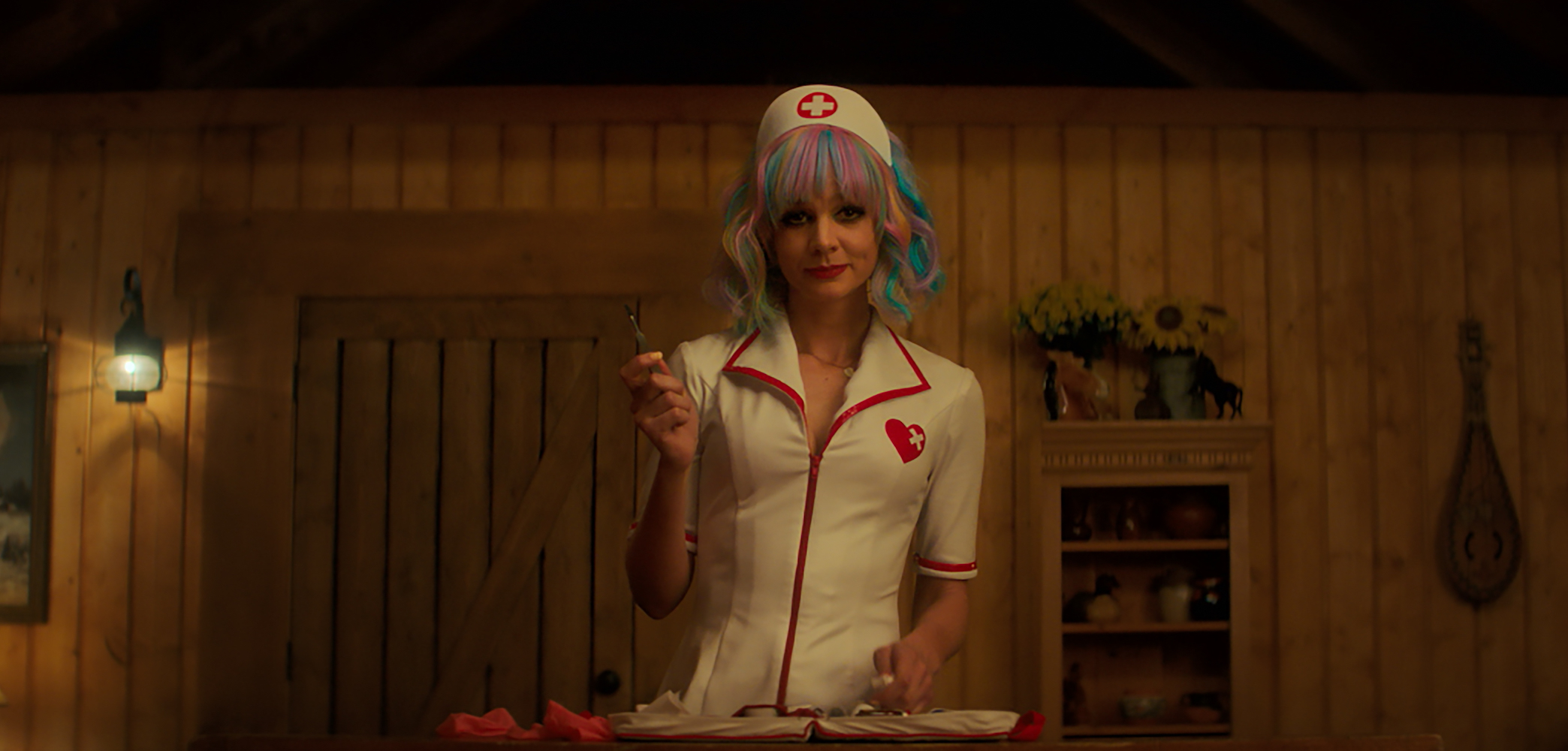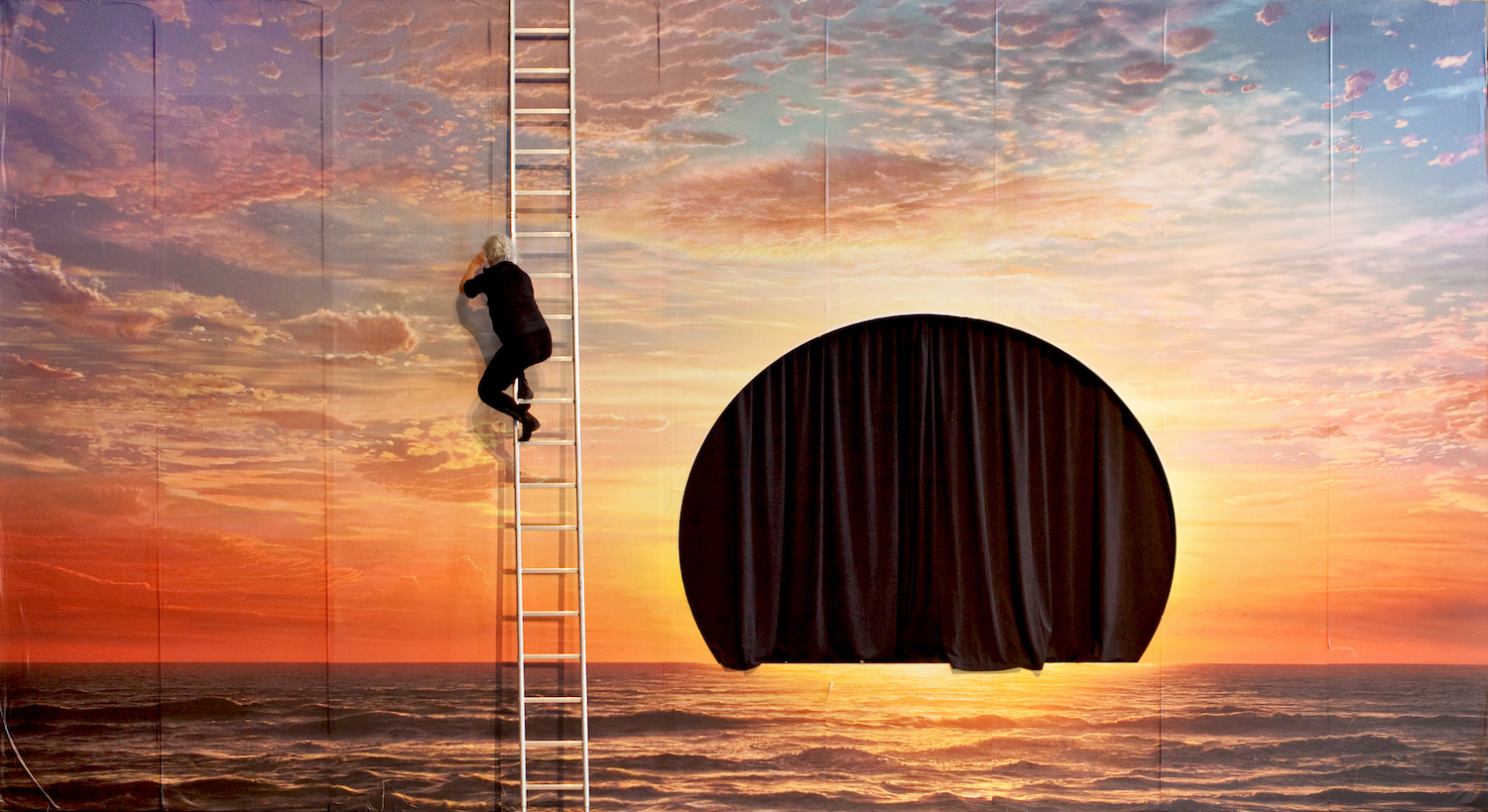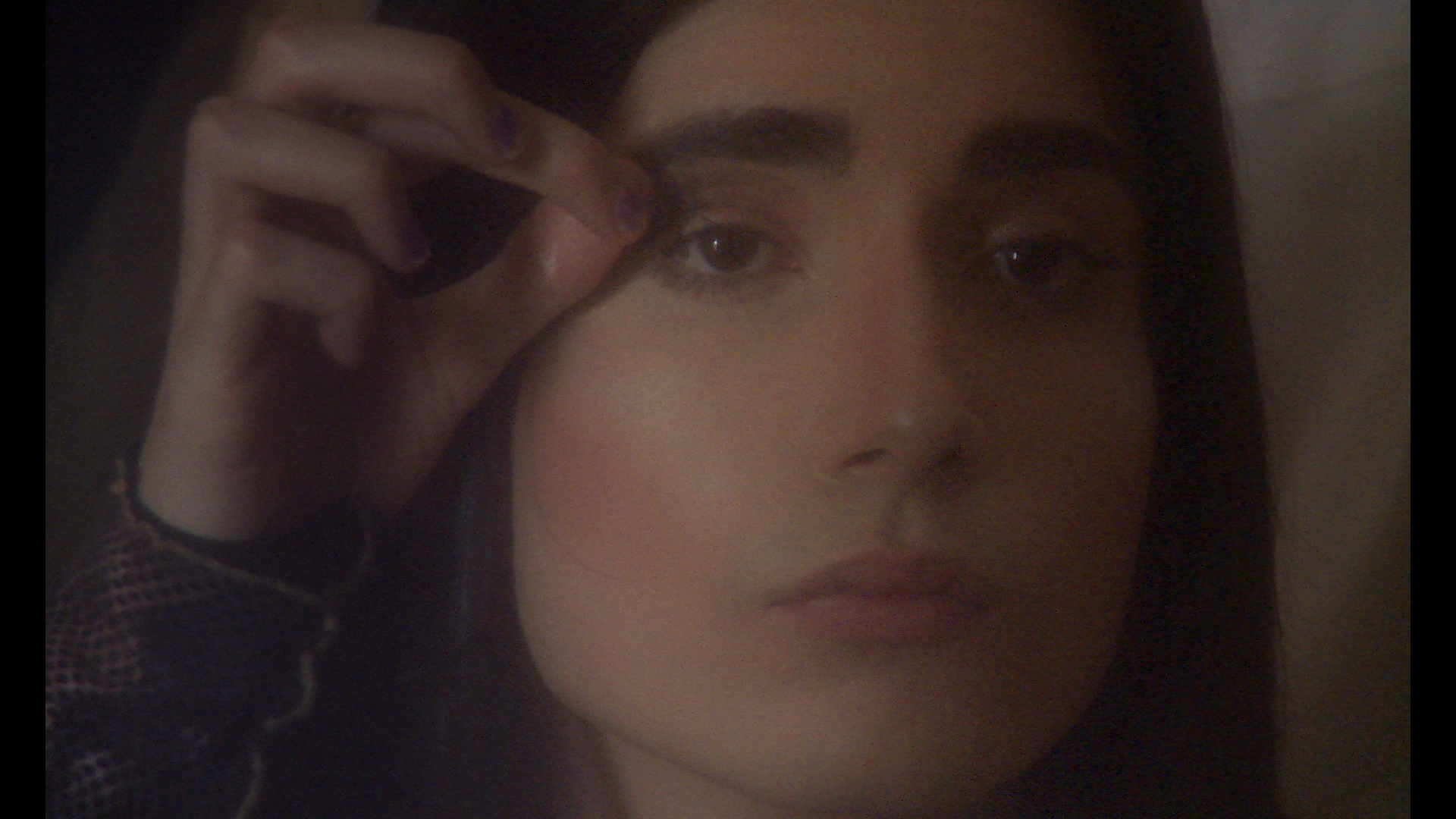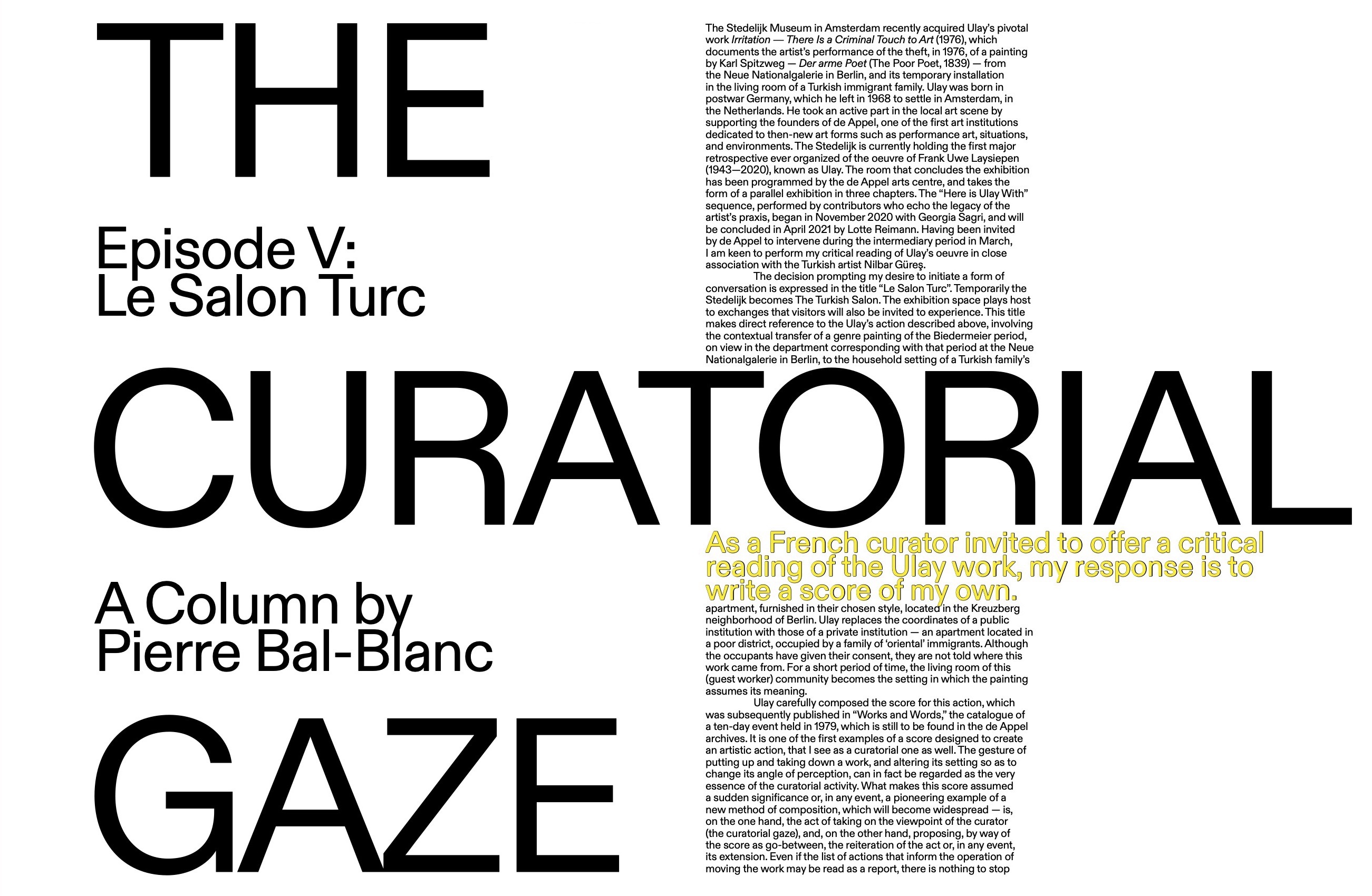It is 3:17 am as I start writing this column. I went to bed early, maybe a little after 10 pm. We were all in bed early: our daughter, with a flashlight-like projector (a late Christmas present), beamed images from space onto the ceiling and told us stories. Her younger brother fell asleep at some point, and so did my wife, and finally all of us. The delayed present, which also included a silky, flowered pajama, arrived as a big, wrapped package directly from Harrods London courtesy of her godfather. We didn’t see him in person, just like I haven’t seen my parents for Christmas, or any other relatives apart from our own small family. The generous gesture of an unnecessarily expensive and fancy package, perhaps an act of kind resistance, had a somewhat tragic note: the nicely wrapped gift in its trademark corporate green appeared like a ghostly ruin of a different time. Us, we didn’t even get around to sending him a present. Besides, it’s unclear where he is currently. Supposedly he’s in a mountain hut on the Swiss-Italian border.
Now I am awake again and sit on the sofa with a cup of tea, woken up by the somewhat confused rhythm of this school-free time. Unprocessed pending tasks and unfinished thoughts haunt me at night, an oppressive, diffuse feeling. Meanwhile I enjoy the quiet moment. Now that the days are again differently structured I sometimes do something at night or very early in the morning. Once the kids are up another time clock starts. Their pursuit of happiness gives us no time to ruminate, and we are grateful for this to some extent. But enabling the children to be happy is closely linked to access, to education and lively structures, to culture in the broadest sense, to being social, to growth. The adventurous feeling of school-free time has turned into a vacuum. School has been out since mid-December, which means that we now have the task of homeschooling, again, under loose guidance from institutions and supported by a few committed teachers, potentially further pushing the public educational system’s responsibilities onto private citizens. Not only are my kids home from elementary school in Berlin, my students’ classes in Switzerland — where we have been trying to maintain, adapt, and improvise a certain resistance to a constantly changing pattern of restrictions — are partly suspended as well, putting those students into a more-or-less deliberate double bind.
The day before the second harsh lockdown we stood with mulled wine around a Finnish candle at Victoria-Luise-Platz, enjoying a campfire atmosphere in the middle of the city. It was a moment of informal, homemade Berlin, a bit nostalgic — or ironic even, given the circumstances — and it was basically all about alcohol. Usually there is not much to glorify when you see campfires in the city, no matter if there is mulled wine.
How and what I am writing here probably does not sound like an artist’s life. Actually, now that the most elementary structures have been largely eliminated, we have a true artist’s life again. I was thinking to make this text into a kind of a riddle for the reader, a challenge to guess which city ours could be. All closed theaters resemble each other. All plays are the same. Closed museums show the same art. Closed restaurants offer the same food. Ours is a muted architectural model, which in in terms of public life currently resembles other cities to some degree. At the same time, the pandemic affects structures differently, not only in terms of use but also how the city looks, even superficially. Still, the biggest difference compared to other cities that I visited was obviously the different restrictions on public life, which perhaps proves a point about how we should evaluate cities.
At this moment I find it difficult to say whether I can still see differences between artists and others in a way that couldn’t be better broken down in terms of privilege and access. On the other hand, the character of art as such is ambiguous when it comes to responsibility and crisis management, and there is an implicit absurdity in the attitudes that artists adopt in order to artistically compensate for social or political misconduct.
What is certain is that our sidewalks are wide, there are an above-average number of parks, there are many public spaces, and these count. The apartments and houses are still comparatively spacious for a big city, but even here it is getting tight, and poor weather limits the situation even more. At least the bad weather in Berlin hasn’t changed. In any case, we are not allowed to leave the city and go to the countryside. Meanwhile, on social media, I am annoyed to see Swiss friends skiing and posing in the snow. There really isn’t much going on in our quarter, apart from the fact that all the sidewalks are full of dog excrement, since the number of new dog registrations has exploded in recent months and the number of cleaning teams has been reduced. Still, there is a new, silent solidarity among the residents of the neighborhood. One makes oneself recognizable, just in case.
And artistic news? There are some good shows behind closed doors, and they can be seen by appointment, which I strongly recommend; seeing art in person is indeed a balm. We also still make art, though maybe too little. I also work for Amazon. Every day, when I can’t avoid it, which of course I try, I accept parcels for our neighbors that I have to distribute later when the doorbell rings. No wonder this perfidious business model is so successful: they manage to make us take over the last few steps free of charge, simply by relinquishing responsibility. Soon we will deliver our own orders and pay for it. Self-deception is the glue that really holds us together in our complicity.

